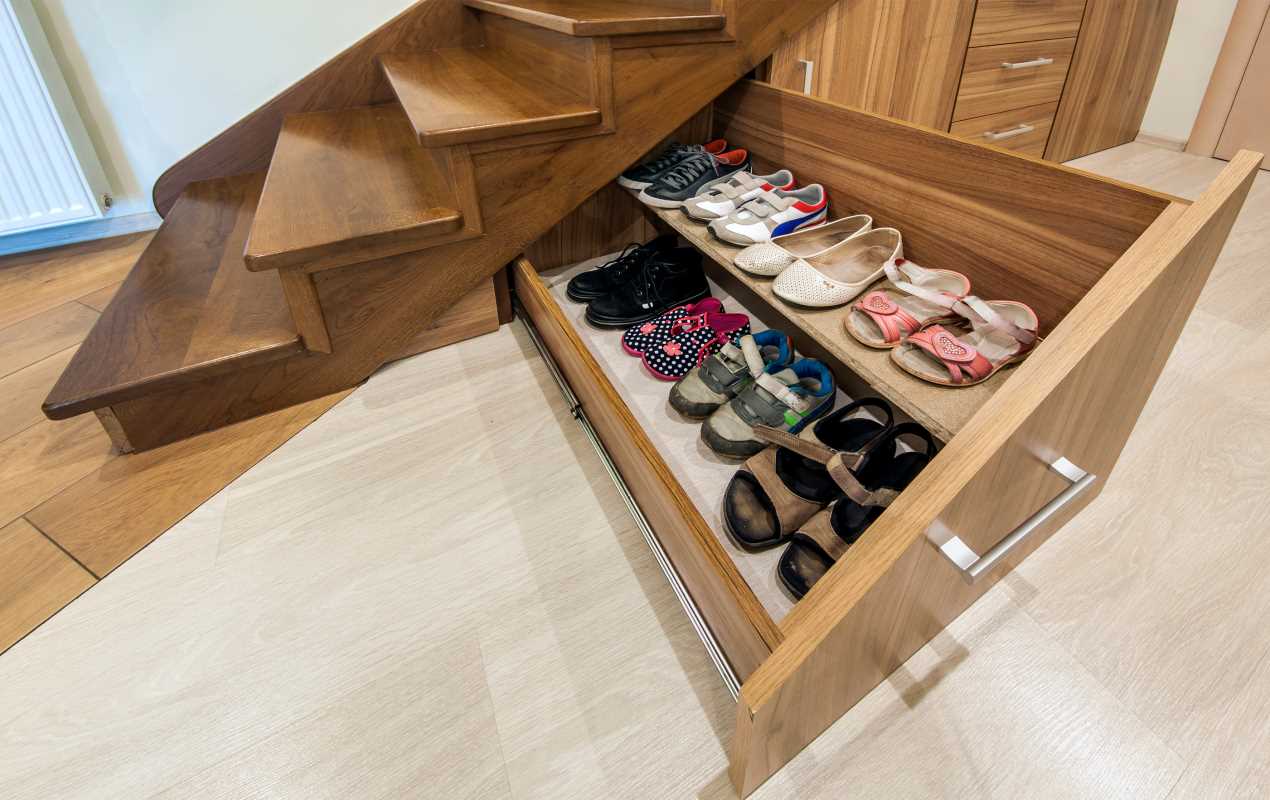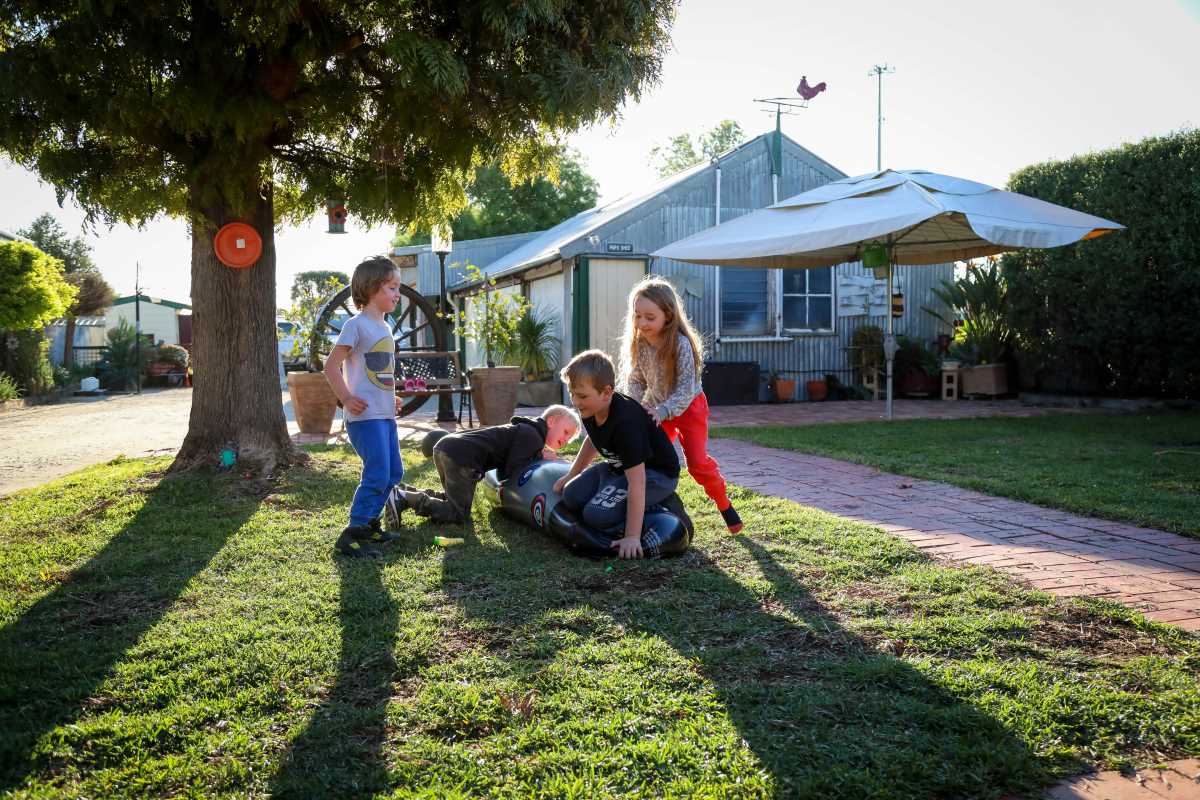Gathering the household for seasonal home upkeep brightens both the living space and the time spent together. When everyone pitches in, cleaning and maintenance take on a new energy, transforming routine tasks into shared experiences filled with laughter and teamwork. By treating chores as a group activity, each person adds their own touch, making even the simplest jobs more enjoyable. Small traditions like playing favorite music while dusting or turning yard work into friendly competitions encourage everyone to participate. These moments not only keep the home in top shape, but also build stronger connections and memories that last long after the work ends.
When everyone chips in, chores lose their reputation as boring, isolated tasks. Instead, they become opportunities to build skills, instill a sense of responsibility, and even spark friendly competition that drives every member to put in extra effort. This shift in perspective encourages cooperation and teaches valuable life lessons while making the time spent at home more dynamic and enjoyable.
The Value of Family Involvement in Home Care
Sharing the load when it comes to home upkeep makes daily routines feel lighter and more enjoyable. When everyone contributes, responsibilities become a shared achievement rather than individual burdens. The lively atmosphere that results from all hands on deck acts as a bond-strengthener, deepening connections through shared success.
The benefits of working together on home care are plentiful. Consider these points:
- Builds teamwork and collective decision-making skills.
- Provides learning moments where everyone picks up practical tips for efficient work.
- Turns routine tasks into engaging, interactive sessions that help reduce stress.
- Creates lasting positive associations with home care and encourages curiosity and ingenuity.
Getting Started: Planning Your Seasonal Home Maintenance
A smart plan is the secret ingredient to turning home maintenance into a family project that feels less like a chore and more like a shared adventure. Clear planning organizes the tasks, sets expectations, and creates a playful environment where every member is ready to do their best.
Follow these simple steps to set up a fun and effective maintenance plan:
- List the tasks for the season, breaking them down into manageable parts that everyone can participate in.
- Gather necessary supplies and designate roles for each task while considering individual preferences and strengths.
- Set a schedule that accommodates everyone’s routines, making sure to leave room for flexibility and breaks.
- Create a dedicated space where ideas can be shared, and progress is noted, ensuring that each project touches on a goal that matters.
Making Maintenance Fun: Creative Ideas for All Ages
Injecting creativity into home projects turns traditional chores into moments of laughter and competition. Whether it’s setting up a mini challenge or incorporating games into the routine, playful ideas can spark excitement in even the most mundane tasks. For instance, setting up a “race against the clock” challenge while tidying a room can transform cleaning into a lively game that everyone cheers on.
Another fun twist is to designate themed days for tackling specific areas of the home. Imagine a “Garage Gladiators” day where the garage is the arena, or a “Backyard Bonanza” where the outdoor space becomes a series of mini projects. Not only do these ideas lighten the atmosphere, but they also create a sense of achievement when the tasks are completed – often accompanied by small rewards or treats to celebrate the wins.
Assigning Age-Appropriate Tasks and Encouraging Teamwork
When it comes to splitting tasks, ensuring everyone has jobs that suit their age and abilities is key to keeping the team motivated. Younger members might handle simpler tasks like dusting or watering plants, while older participants can take on more detailed projects such as minor repairs or organizing storage areas. This distribution helps everyone feel capable and included.
Here are some ideas on how to assign tasks based on age groups:
- Younger crew members: Tidy up play areas, sort laundry by color, and help set the table.
- Older members: Check outdoor light fixtures, clean windows, or tidy the carport. Each task can be presented as a small challenge, like a mini-competition with a simple reward for the most efficient work or the best teamwork.
- Encouraging members to work together in pairs or small groups not only speeds up the process but also teaches skills in collaboration and communication.
Tracking Progress and Celebrating Successes
Keeping a visible record of progress makes it easy to see the impact of each effort and serves as a fantastic motivator. A shared chart or a digital progress board in a common area can be a fun way to track completed tasks as they pile up. This visibility transforms abstract chores into tangible achievements that everyone can be proud of.
Consider these suggestions to monitor and celebrate progress:
- Use a whiteboard or corkboard to display tasks, checking them off as they’re completed.
- Create colorful charts or calendars where milestones are celebrated with stickers or small rewards.
- Hold mini “celebration huddles” after finishing major sections of work to chat, relax, and share a laugh about the day’s accomplishments. These simple yet effective methods help maintain momentum and ensure that the focus stays on progress and fun rather than the drudgery of chores.
Begin today with thoughtful planning and enthusiasm to transform daily chores into enjoyable, shared experiences. Make the process fun and see how it brings everyone together.
 (Image via
(Image via





